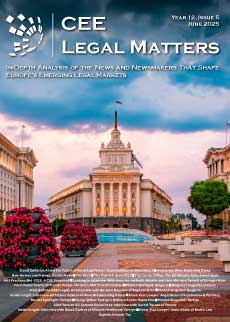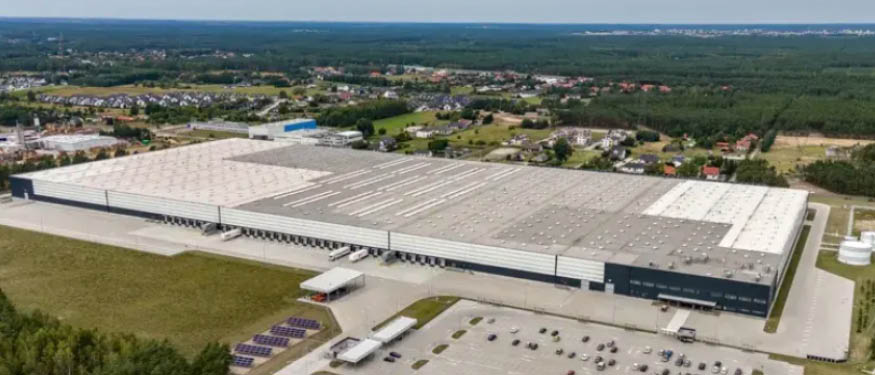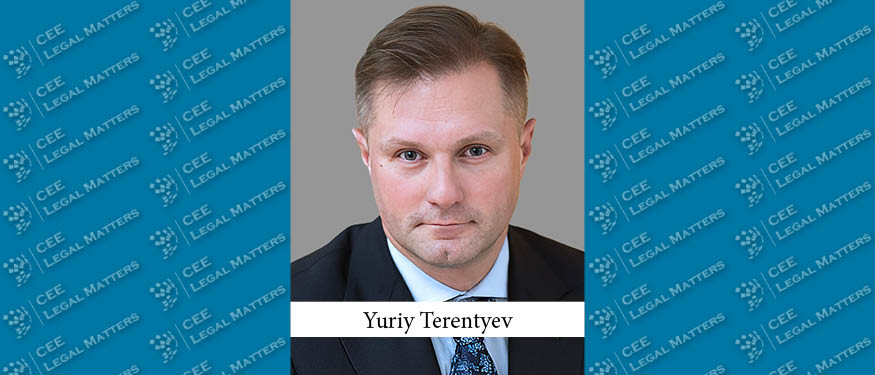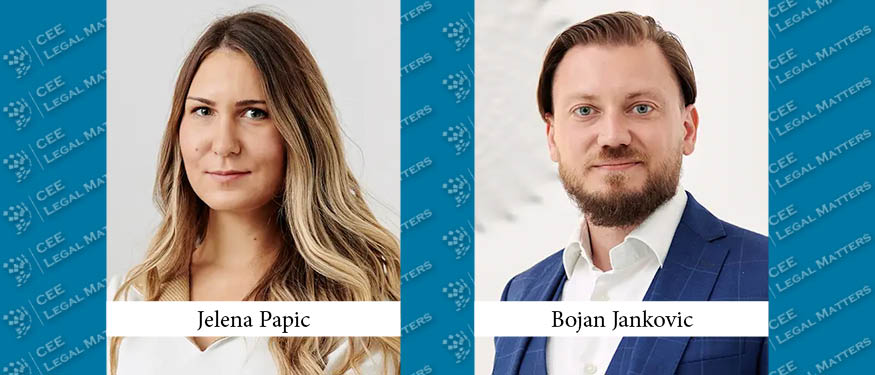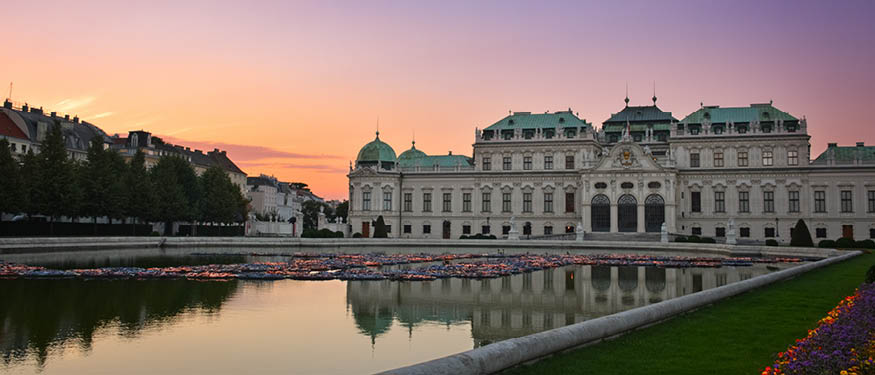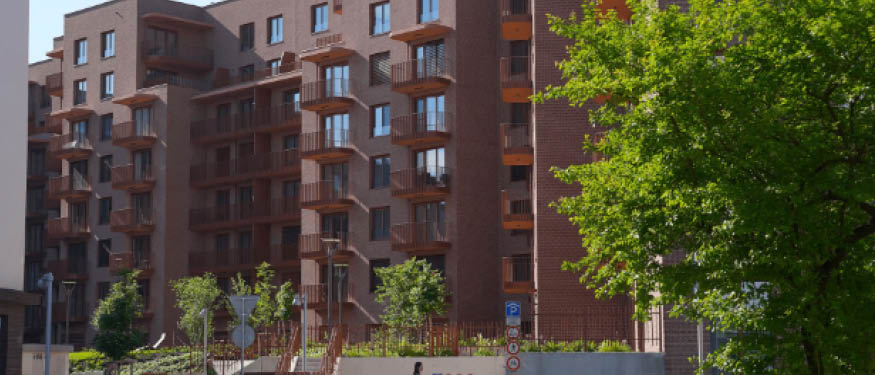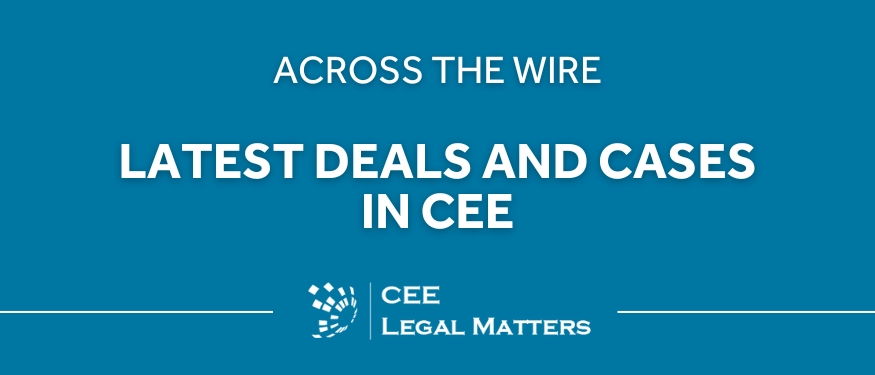Bosnia and Herzegovina is experiencing a notable shift in its investment climate, marked by a rise in foreign direct investment and a more dynamic economic landscape, according to Maric & Co Managing Partner Nebojsa Maric. While the country’s complex political system and heavy regulatory environment have historically made investors cautious, the interest in the areas of manufacturing, renewable energy, and infrastructure is growing.
“Bosnia and Herzegovina has a rather complicated political system,” Maric explains. “It’s a politically busy country, and that complexity often translates into a regulatory environment that can seem overwhelming to investors.”
Still, Maric highlights that foreign direct investment has continued to rise, “with around BAM 2 billion recorded in 2024. Over 60% of that represents reinvested earnings, which is a strong signal of investor confidence.” There is “a growing presence of foreign companies, particularly from Germany, Austria, Croatia, Slovenia, the USA, and the UK,” he adds. “These investors are most active in sectors such as manufacturing, financial services, trade, IT, and energy.”
“There’s been a lot of movement – more this year than in previous years – and it’s coming not only from abroad but also from local entities and regional private funds,” Maric notes. “Interestingly, this activity is not being driven by large international funds, but by local or Eastern European ones, especially those looking to make strategic moves in Southeastern Europe.”
On the manufacturing side, Maric points out that “Bosnia and Herzegovina is seeing increasing attention due to its strategic location bordering the EU. In recent months, there have been notable inquiries about moving manufacturing facilities from Southeast Europe to western Bosnia, particularly in sectors like furniture and metals. The proximity to Croatia makes this a logical consideration for businesses aiming to stay close to the EU.” According to him, the country has a very competent labor force, which adds to its appeal.
Maric also stresses that production activities are diverse. “We’re active in car manufacturing, furniture production, and various types of wood processing. The country also has large natural resources and is increasingly inclined towards renewables,” he notes. “The south receives a lot of sunlight, and there’s a strong push in developing power plants. Additionally, wind farm construction is ongoing in the west, and the country’s largest solar power plant is under development in the southeast. Bosnia and Herzegovina remains one of the leading electricity exporters in the region, which provides a solid base for further green energy investment.”
Beyond energy and manufacturing, Maric says that other sectors are expanding as well. “The healthcare sector, for example, is seeing growth, with the recent opening of the ASA Hospital in Sarajevo,” he points out. “Global food and retail chains such as Taco Bell, KFC, and Burger King are also entering the market, signaling a broader economic diversification. Tourism is steadily increasing, driven by visitors from Turkiye, Arab countries, and the EU.”
Finally, “last year, on the legal and regulatory front, there was a lot of discussion around the EU’s CBAM and how it could impact Bosnia and Herzegovina’s exports, particularly metals and cement,” Maric emphasizes. “Although last year was full of concerns and conferences warning that the country wasn’t ready, this year the conversation has quieted, possibly influenced by global political shifts like the US elections, leading to a noticeable slowing of the ESG push.”







